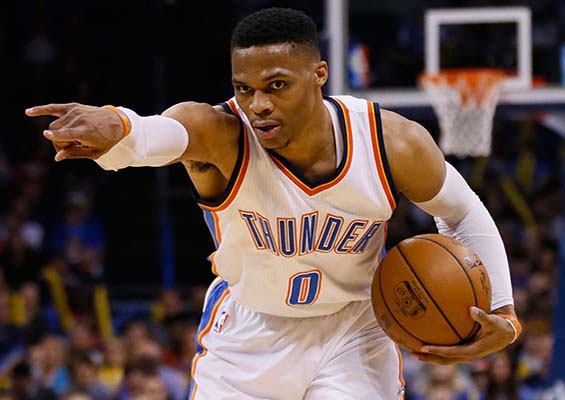 I tell a story in my book (How to Launch Your Teen’s Career in Technology) about keeping my seven-year old son’s aspirations for the NBA in check. While it’s possible that he could make it, the odds are against him. He might become very skilled and work incredibly hard, but there’s still only a few hundred NBA players active in any given season, a point that Verizon cleverly mentions in a recent ad promoting STEM careers. And most of those players are pretty tall, which I’m not sure is in my son’s future.
I tell a story in my book (How to Launch Your Teen’s Career in Technology) about keeping my seven-year old son’s aspirations for the NBA in check. While it’s possible that he could make it, the odds are against him. He might become very skilled and work incredibly hard, but there’s still only a few hundred NBA players active in any given season, a point that Verizon cleverly mentions in a recent ad promoting STEM careers. And most of those players are pretty tall, which I’m not sure is in my son’s future.
Still, I want him to love basketball both as a player and a fan, so I encourage him to watch the best players and absorb the many life lessons the game can offer. I was especially excited to share with him the nightly on-court exploits of Russell Westbrook of the Oklahoma City Thunder this past season. You might have heard that Westbrook broke a 56-year old record for the most triple-doubles in a season (that’s double digits in points, rebounds and assists in the same game), held by the great Oscar Robertson. And Westbrook averaged a triple-double for the whole season, which has only ever been done by Robertson as well.
For my money, there’s no better player to watch than Westbrook because he brings such intensity and passion to every game. Despite the records he just set, there’s still plenty of debate about whether Westbrook deserves to be named the NBA’s MVP this season. There are good arguments being made for other contenders such as James Harden and Kawhi Leonard. A lot of it depends on how we define Most Valuable Player and what we expect from our MVPs.
Watching Westbrook and listening to the MVP debate got me thinking about what employers are looking for in their MVP tech professionals. And while there may not be a clear equivalent to the triple-double in tech work, there are three traits that always seem to rise to the top when I talk to employers about great team members. If I was to judge an MVP in tech, I consider these characteristics.
Problem Solving
That’s the equivalent of scoring points in basketball because the best problem solvers are the stars of the tech game. Solving problems is about developing solutions that customers want and need. Sounds simple, but it takes creativity and nimble, adaptive thinking. The best tech professionals can see a problem from different angles and create a solution with a full understanding of the technology and the customer.
Collaboration and Communication
The assist in basketball is all about making your teammates better and putting them in a position to succeed. In tech, collaboration and communication are skills of increasing value as tech has moved from dark rooms in an office basement to being front-and-center at any enterprise. Winning solutions designed around the technology connect to the needs of people. And an MVP tech professional must create those solutions by leveraging collaboration with team members, listening to the customer, and communicating along the way.
Dynamic Analysis
Rebounding is the dirty work in basketball. The rebounders don’t get the glory, but they get the respect of their teammates and coaches. Great rebounding is about seeing the situation unfold and positioning yourself for success. Even at 6’4”, Westbrook finished in the top 10 of all NBA players in rebounds this season because he knew how to be in the right place at the right moment. The same is true in tech, where the equivalent to rebounding is the dynamic analysis that makes a star tech professional stand out. It’s a combination of persistent curiosity, predictive imagination and relentless effort. The best tech professionals are constantly learning and staying aware of the changing tech landscape.
This post was originally published by Creating IT Futures.
